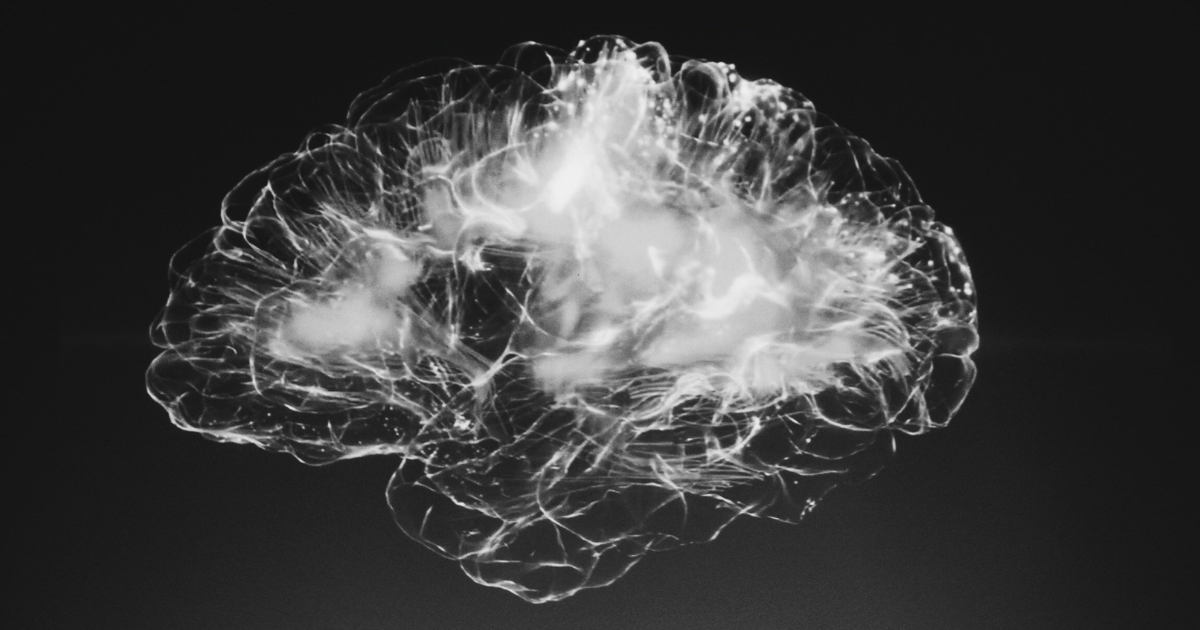We all think differently—some more so than others—but we share similar traits. After all, we are human.
So, while neurodivergence can take many different forms, the important thing to remember is this: neuro-inclusive accommodations are vital for some but beneficial for everyone. In short, this is due to the focus on reducing stressors, minimising sensory triggers, and creating a sense of inclusion.
How do we prioritise neuro-inclusion within brand comms, content, and events? You can ask your audience directly if they have any specific needs, but it's not always practical. People can often feel stigmatised or uncomfortable sharing personal information, particularly in a business setting, as they worry they'll be treated differently.
What can we do instead? The answer is to design campaigns with neuro-inclusivity in mind from the very beginning and, as always, provide lots of choices.
Here are 9 ways to create more neuro-inclusive brand experiences:
1. Know your audience
Start off by learning as much as you can. Neurodiversity is an ever-evolving area with many nuances, so updating your thinking and understanding of the current landscape is a good idea. In addition to your research, reach out to neurodivergent members of your audience (and wider networks) to gain insights into event experiences and comms considerations.
2. Keep it simple
Prioritise short-form as much as possible, reducing information into digestible chunks, with clear headings signposting the way. Offer multiple formats, using techniques like data visualisation and storytelling (even bullet points) to simplify messaging and accommodate all learning styles. And, of course, avoid jargon or complex sentences—this applies to speech and text!
3. Be more biophilic
Create neuro-inclusive event spaces by reducing stimuli that may cause overwhelm (harsh lighting, noise, odours, etc.) and offer sensory-friendly retreat spaces for people to recharge. Biophilic design has a calming and regenerative effect, so try to use it where possible. Also, think about providing aids like light-sensitivity glasses or sound-filtering earplugs to help regulate sensory input.
4. Design for inclusion
Apply a universal design to make sure that comms and content are considerate of all neuro types. Although patterns and bold colours are great for branding, some can be problematic (and even disorientating) for neurodivergent people. Instead, incorporate high-contrast or bionic reading treatments to enhance readability and improve understanding for all readers.
5. Create familiarity
To combat event-related anxieties, provide as much insight into session formats with clear instructions and directions to on-site or digital resources for neurodivergent attendees. Such things as pre-event guides and warm-up sessions will allow attendees to prepare in advance and create familiarity with their event surroundings.
6. Always improve accessibility
Closed captions should be standard practice, but have you thought about descriptive text and audio descriptions? It's worth optimising digital content for text-to-speech and screen reader compatibility to ensure equal access. For events, consider sign language interpretation and personal assistance to facilitate participation for individuals with diverse needs.
7. Invite active participation
Incorporate interactive elements, such as polls and task-orientated activities, to encourage participation and maintain engagement. But remember, not everyone wants to take the microphone and share their thoughts in public. Instead, you can provide alternative channels, like virtual spaces or online forums, for people to participate in how they feel most comfortable. These can be particularly useful for creating neuro-friendly networking opportunities!
8. Show representation
Brands should highlight neuro-inclusive considerations throughout the experience to foster inclusion and demonstrate needs are being recognised. Special workshops or discussions can provide additional support to neurodivergent individuals in various settings whilst also offering the opportunity for more detailed evaluation and feedback.
9. Continue to improve
Monitor key performance indicators and metrics related to participation, engagement, and satisfaction among neurodivergent attendees. Adapt and refine strategies based on insights and lessons learned to continuously improve the impact and effectiveness of future campaigns.
So, there you have it: 9 simple ways to create neuro-inclusive brand experiences. As you can see, combining the above elements into your event design will only strengthen the overall experience for everyone. It doesn't have to be seen as another hurdle getting in the way.
Here at asembl. we want people to feel comfortable and that they've found their place in the world. We aim to provide an inclusive culture to which audiences can feel connected. Do you want to enhance your connection with your audience? Contact us to see how we can help you make an impact.
Written by Christian Apthorpe
Feature Photo by Alina Grubnyak on Unsplash



.png?width=1024&height=640&name=The%20power%20of%20Events%20Supporter%20(1).png)




